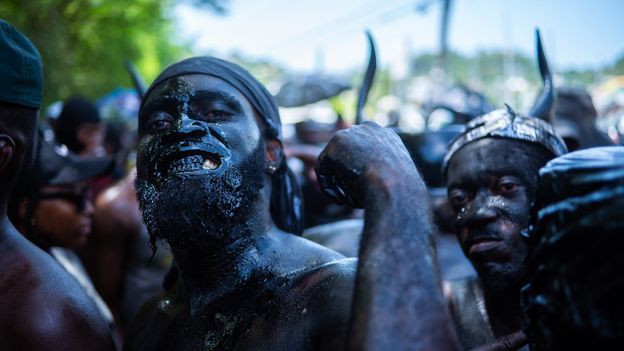On the sister isles of Carriacou and Petit Martinique, where Beryl struck hardest, the scale of destruction was unprecedented. Andrews recalls walking through villages where nearly every roof had been torn away.
“Ninety-eight percent of homes were damaged or destroyed,” he says. “That includes schools, clinics, government buildings – everything. Entire families were displaced.”
One year on, Andrews estimates around 60% of buildings have been repaired or rebuilt. But progress is uneven. The challenge is not only financial, though the government’s preliminary assessment put the recovery bill at nearly 470 million Eastern Caribbean dollars (around $170m/£130m). It is also logistical. “Getting quality building materials to Carriacou has been one of the hardest things,” Andrews says. Cargo boats cannot keep up with the demand, he notes, and construction costs across the Caribbean have soared as multiple islands rebuild at once.
In Beryl’s aftermath, however, some older traditions have resurfaced. Andrews points to the revival of “windbreakers” – sturdy trees planted close to homes on the weather-facing side, a practice once common among elders. Another is the use of secure basements. “As a matter of fact, because of the downstairs [basements], many people survived Hurricane Beryl,” he says.
Architecture is changing too. Contractors are now required to build under closer supervision from planning authorities. “We cannot be naive and think this was a one-off,” Andrews says. “Every year the risk is there. We must build stronger, more resilient.”

